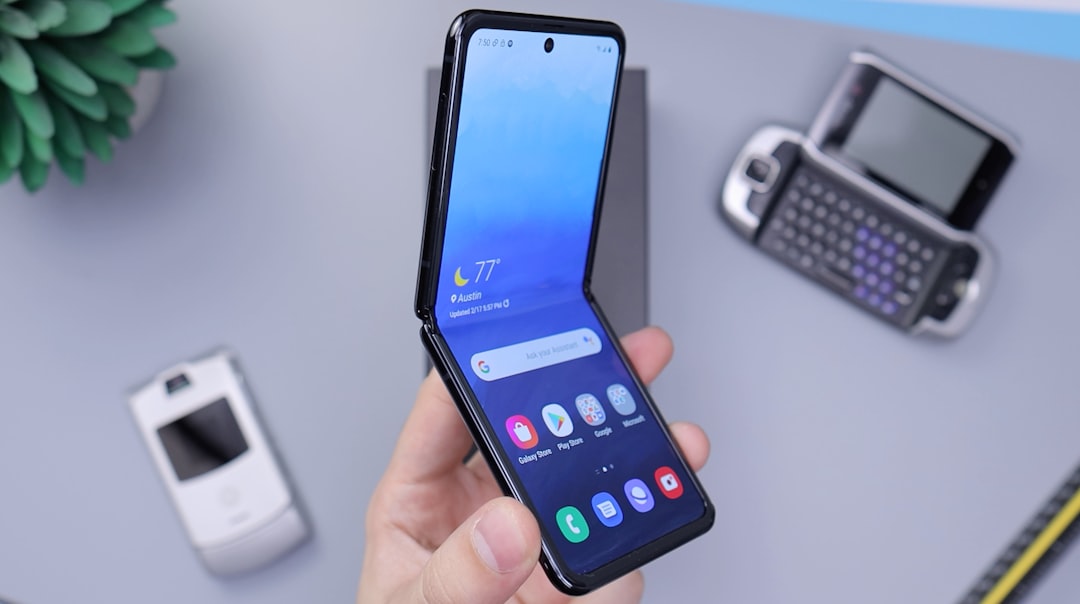Imagine a world without your smartphone. It’s hard, right? We’ve become so reliant on these little devices for communication, entertainment, and even navigating our daily lives. But beyond their convenience lies a hidden truth – smartphones are tiny environmental titans, leaving a footprint way bigger than their size.
Let’s delve into the not-so-glamorous reality of smartphone production and use.

The Hidden Cost of Smartphones
Mining for Magic: The Dark Side of Smartphone Materials
Those shiny smartphones we hold so dear are born in mines, extracting rare earth minerals and precious metals. But the process is far from magical. It often involves deforestation, water pollution, and even human rights abuses. Picture this: vast swaths of land stripped bare, rivers choked with toxic waste, and workers enduring hazardous conditions to extract the very materials that power our digital lives. It’s a harsh reality behind the sleek exterior of our smartphones.
The Energy Guzzler: Manufacturing a Smartphone
Building a smartphone is like hosting a massive, energy-guzzling party. Imagine the power needed to manufacture every component, from the intricate processors to the colorful displays. It’s a massive drain on our energy resources, spewing out greenhouse gases like confetti.
E-Waste: A Ticking Time Bomb
The problem doesn’t end when we upgrade to the latest model. Our old phones, often discarded in landfills, become a ticking time bomb for the environment. Those batteries, packed with lithium and cobalt, leach harmful chemicals into the soil and water, contaminating our ecosystems.
Inside Your Phone: The Environmental Impact of Components

Let’s take a closer look at what makes your smartphone function and the impact it has on the environment. Those lithium-ion batteries, the lifeblood of your phone, are made from cobalt and lithium, both mined under controversial conditions. Improper disposal creates a toxic cocktail that contaminates our environment. The indium and gallium used to create those brilliant displays often come from mines that contribute to deforestation and water pollution. It’s a trade-off we rarely consider when we marvel at the vibrant visuals on our screens. The rare earth minerals that make your phone work its magic are extracted in a not-so-magical way. Unethical mining practices damage ecosystems and disrupt local communities. And think of the vast amounts of electricity and water needed to build your phone. It’s a massive energy expenditure that leaves a significant carbon footprint.
Let’s break down the environmental impact of various parts of your smartphone:
| Part | Environmental Impact |
| Battery | Those lithium-ion batteries that keep your phone juiced up? They contain materials like cobalt and lithium, which can be harmful if not disposed of properly. Old batteries leaching chemicals in landfills? Not a pretty picture. |
| Screen | The indium and gallium used in your phone’s fancy display can also have a dark side. Mining these elements can lead to deforestation and water pollution. Not exactly the kind of picture we want to see. |
| Minerals | The rare earth minerals that make your phone work all sorts of magic come from a not-so-magical place. Unethical mining practices can damage ecosystems and harm local communities. |
| Manufacturing | Building your phone is like throwing a giant, energy-guzzling party. All that electricity and water used in manufacturing leaves behind a trail of greenhouse gases. Not exactly a breath of fresh air. |
Taking Control: How to Tame Your Phone’s Footprint
The good news? We can all do our part to reduce the environmental impact of our smartphones. By making mindful choices and embracing eco-friendly habits, we can enjoy the benefits of technology while minimizing its harm to the planet.
Think about extending the lifespan of your phone. Many phone issues can be solved with simple repairs. Seek out local repair shops or even delve into DIY tutorials. You’ll save money and reduce e-waste. Invest in a sturdy case and screen protector. Accidents happen, and replacing a phone is far more harmful to the environment than a simple repair. Keep your phone’s software up-to-date. These updates often include performance improvements and security patches that can extend your phone’s lifespan.
Smart charging habits are also important. Charging your phone overnight can strain the battery. Aim for shorter charging sessions to preserve its health. Some phones offer optimized charging settings that help preserve battery health and reduce energy consumption. Heat and cold can damage your battery, so keep your phone away from direct sunlight and freezing conditions.
When it’s time to say goodbye to your phone, recycle it properly. Many electronics stores offer recycling programs. Before recycling, make sure to erase your personal data to protect your privacy and prevent unauthorized access.
Be mindful of the apps you use and close them when not in use. Some apps are notorious for consuming a lot of energy. Lower your screen brightness to save battery life and reduce energy consumption. Use Wi-Fi whenever possible to save battery and reduce your phone’s reliance on cellular networks.
A Greener Digital Future
Smartphones are undeniably convenient, but they come with an environmental cost. The good news is, we can be part of the solution. By making conscious choices and adopting eco-friendly habits, we can reduce our phone’s impact on the planet without sacrificing the perks of modern life. It’s a balancing act between enjoying the benefits of technology and minimizing its impact. Let’s be mindful consumers and work towards a greener digital future, one small step at a time.
Remember, small changes can make a big difference. By extending your phone’s life, charging it smartly, and recycling responsibly, you’re taking steps to protect our environment. Let’s all be mindful smartphone users!

